Ford Lighting EPA-Estimated Range Confirmed

With window stickers of Ford’s all-electric Lightning pickup having leaked late last week, there were a lot of people interested in having their “Fuel Economy and Environment” estimates verified. Ford CEO Jim Farley has obliged by confirming the figures, adding that the vehicle’s maximum range should ballpark around 300 miles (or better) unless you snub the extended-range models.
The executive confirmed the F-150 Lightning XLT, Lariat, and Pro trims at 320 miles with the bigger battery. Though those running with the standard battery pack only yield 230 miles between charging. Meanwhile, the Lightning Platinum tops out at 300 miles even due to it having gnarly tires and being less aerodynamic than its siblings.
Obviously, those estimates will come down further once payloads come into play. But it’s more or less what people were told to expect from the manufacturer.
While I’ve never found MPGe all that useful, since there’s no direct equivalent for calculating miles per gallon, the EPA had to come up with a unit of measurement that sounded familiar and offered consistency. Some might argue that 33.7 kWh of electricity sourced from any number of sources isn’t directly comparable to a gallon of burnt gasoline. But it’s the standard we have and it remains useful in making direct comparisons between EVs.
In the case of Ford, it shows just how close the Lightning is to Rivian’s R1T pickup in terms of efficiency. The overall range is also fairly close, at least until the R1T Max (400 plus miles alleged) arrives. Though it should be said that the Rivian is a slightly smaller vehicle than Ford’s Lightning, likely resulting in a lighter product in most formats.
Pricing is also extremely close. While Blue Oval’s leaked stickers show the MSRP after EV tax credits have been accounted for, the pre-credit price for an extended range Lightning XLT is $74,169. That’s only a few grand shy of the standard R1T. However, Rivian doesn’t yet offer a low-range model and has fewer choices for people seeking a more bare-bones EV. That also means Ford’s 230-mile pickup will remain a relative bargain until a valid competitor emerges. But Rivian is working on it, saying that it’s anticipating 260 miles between charges on the smaller battery packs.
[Images: Ford]

A staunch consumer advocate tracking industry trends and regulation. Before joining TTAC, Matt spent a decade working for marketing and research firms based in NYC. Clients included several of the world’s largest automakers, global tire brands, and aftermarket part suppliers. Dissatisfied with the corporate world and resentful of having to wear suits everyday, he pivoted to writing about cars. Since then, that man has become an ardent supporter of the right-to-repair movement, been interviewed on the auto industry by national radio broadcasts, driven more rental cars than anyone ever should, participated in amateur rallying events, and received the requisite minimum training as sanctioned by the SCCA. Handy with a wrench, Matt grew up surrounded by Detroit auto workers and managed to get a pizza delivery job before he was legally eligible. He later found himself driving box trucks through Manhattan, guaranteeing future sympathy for actual truckers. He continues to conduct research pertaining to the automotive sector as an independent contractor and has since moved back to his native Michigan, closer to where the cars are born. A contrarian, Matt claims to prefer understeer — stating that front and all-wheel drive vehicles cater best to his driving style.
More by Matt Posky
Latest Car Reviews
Read moreLatest Product Reviews
Read moreRecent Comments
- Flashindapan I always thought these look nice. I was working at a Land Rover dealership at the time the LR3 came out and we were all impressed how much better it was then the Discovery in just about every measurable way.
- Bd2 If I were going to spend $ on a ticking time bomb, it wouldn't be for an LR4 (the least interesting of Land Rovers).
- Spectator Wild to me the US sent like $100B overseas for other peoples wars while we clammer over .1% of that money being used to promote EVs in our country.
- Spectator got a pic of that 27 inch screen? That sounds massive!
- MaintenanceCosts "And with ANY car, always budget for maintenance."The question is whether you have to budget a thousand bucks (or euro) a year, or a quarter of your income.





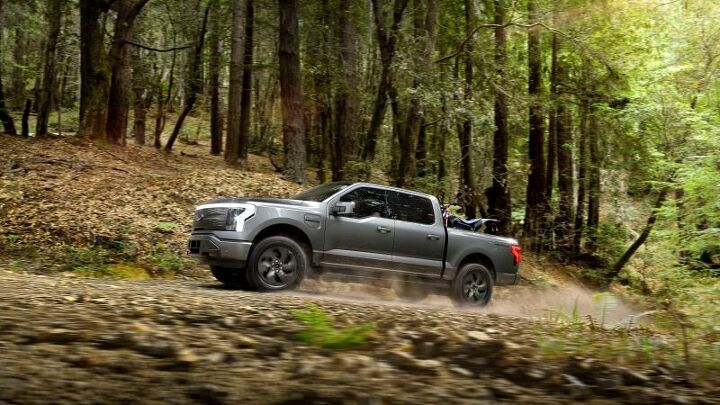















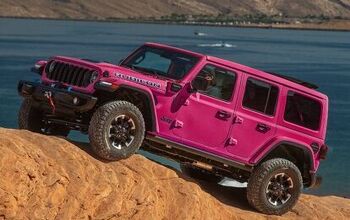
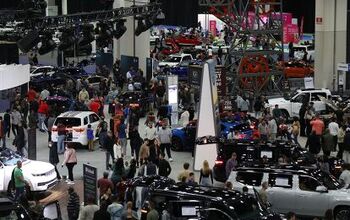
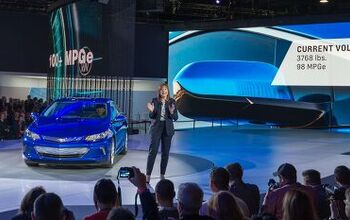

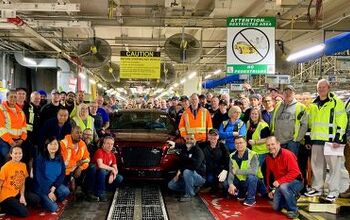

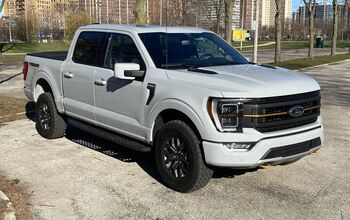

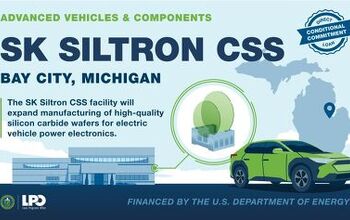
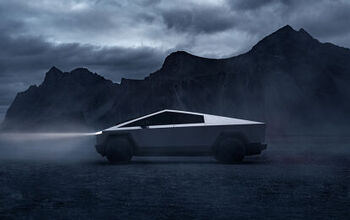
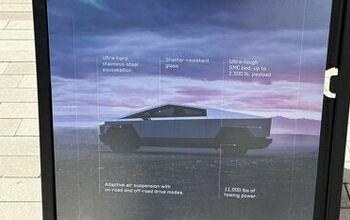
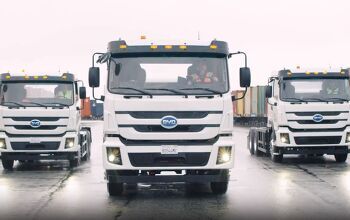
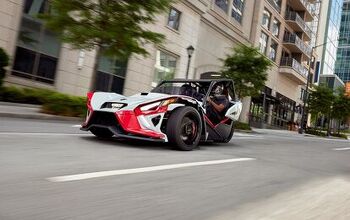
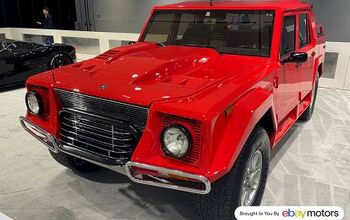
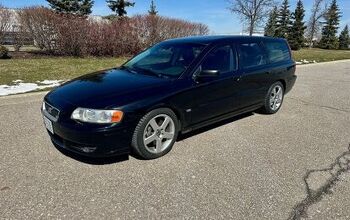
Comments
Join the conversation
I wonder what percentage of the overall empty weight of the truck is constituted by the battery? Is it 20%? There’s an upper theoretical limit since the vehicle itself needs to get larger to carry the larger battery. Could a battery effectively be 50% of the overall weight of a vehicle? If the battery could serve two functions, such as being a true structural element, it would make the whole vehicle more efficient. Such as a motorcycle (or a tractor) where the engine and transmission housings are stressed, structural elements. Batteries have very little structural integrity but they need to be housed in a casing, so that casing might as well be part of the vehicle structure - but of course then the entire chassis would be disposable. Like a laptop where the battery is glued in place and acts to support the structure, making it all thinner, lighter and more rigid. EV as giant, disposable cell phone. This might actually be practical because if the battery can be expected to last as long as the useful life of the rest of the vehicle it might as well be a non-serviceable component. Everything else is disposable, why not?
I think the best auto manufacturer business decision in the last few decades was Ford building the first half ton crew cab pickup. It launched a sea change that eliminated most large sedans and wagons. It also became a cash cow. Any one car family could buy a cc half ton and have one vehicle that met all their needs and wants unless they needed to tow or haul very heave loads. The only difference with the lightning is that long trips towing are out. I think it will sell well but for all those families with trailers that get pulled a few times a year more than 300 miles a day this truck won't work. Otherwise it hits the sweet spot with utility, style, practicality.